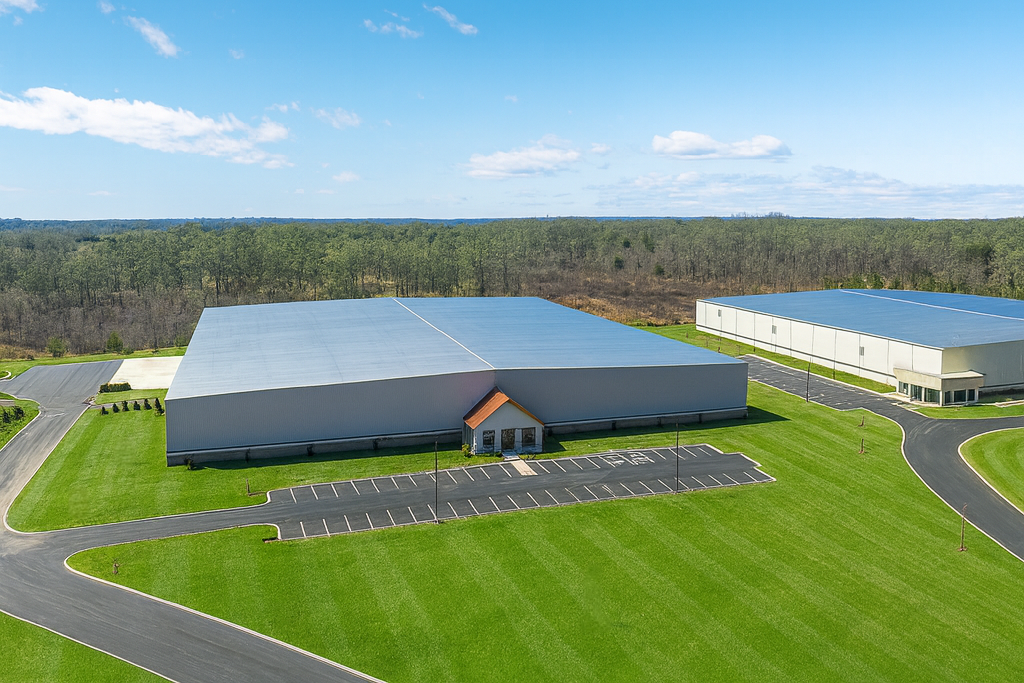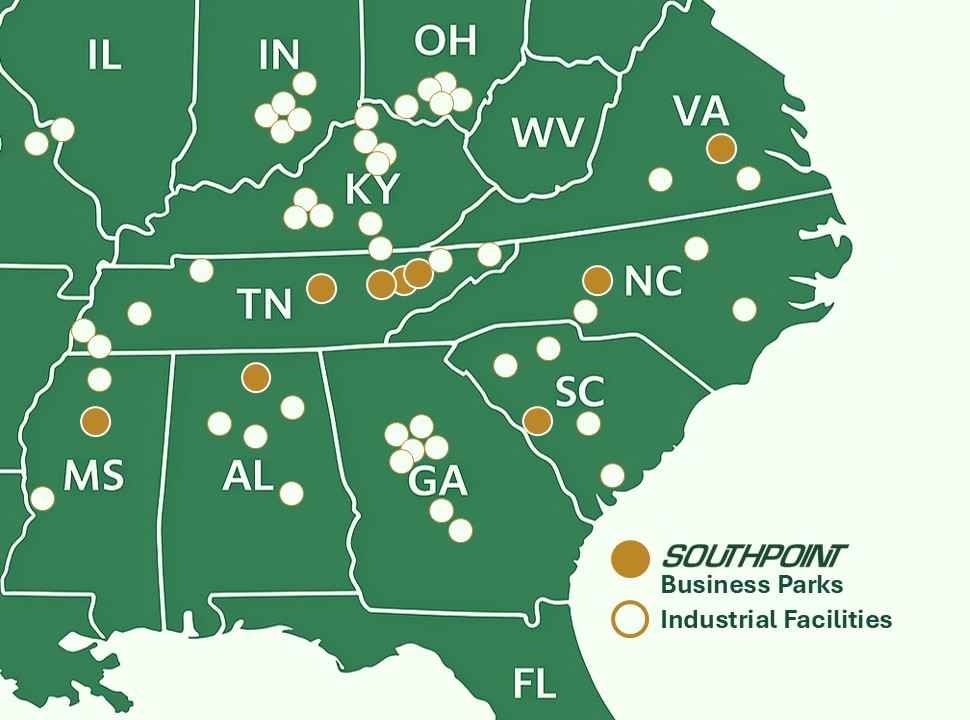
Serving American industry since 1972
Building Success Through Industrial Development
Modern single-tenant industrial buildings across the southeast, tailored for manufacturing and logistics
Find Your Ideal Industrial Space
Our Southeastern Footprint
With over 50 years of experience, Hollingsworth Companies has established a significant presence across 18 states in the southeastern United States with industrial parks and properties in strategic locations.

Strategic Presence
Our extensive network of industrial properties spans across 18 states in the southeastern United States, providing strategic advantages for businesses in manufacturing, distribution, and logistics.
9 Industrial Parks
Master-planned industrial communities with premium infrastructure
200+ Properties
Ready-to-occupy buildings across multiple states
Covering 18 States
Extensive geographic reach for your business needs
Our Services
The Hollingsworth Companies offers comprehensive industrial real estate solutions to meet your business needs.
Site Selection
Strategic location analysis to find the optimal site for your industrial facility needs.
Learn MoreBuild-to-Suit
Custom industrial building solutions designed and constructed to your exact specifications.
Learn MoreSpec Available Buildings
Move-in ready industrial buildings available for immediate occupancy.
Learn MoreFeatured Available Properties
Explore our available industrial properties across 18 states.
Cost Effective, Modern Buildings
Our industrial buildings feature class A specs with high clear heights, LED lighting, and polished concrete floors. Designed for maximum efficiency and flexibility, our buildings can be customized to meet your specific operational needs.
- ✓Modern clear height ceilings for maximum storage capacity
- ✓Energy-efficient LED lighting throughout
- ✓Durable, polished concrete flooring
- ✓Customizable layout to suit your operations

Why Choose Hollingsworth
With decades of experience in industrial real estate, we deliver exceptional value to our customers.
Experience
Over 50 years of industrial real estate experience.
Quality
High-quality construction and attention to detail.
Speed
Fast-track construction to meet your timeline.
Service
Dedicated team providing exceptional service.
What Our Customers Say
Hear from businesses that have partnered with Hollingsworth Companies for their industrial real estate needs.
Latest News
View All NewsReady to Find Your Industrial Space?
Contact us today to discuss your industrial real estate needs. Our team is ready to help you find the perfect solution.